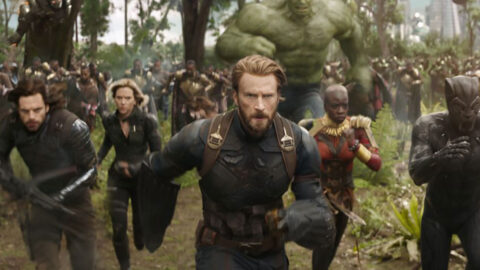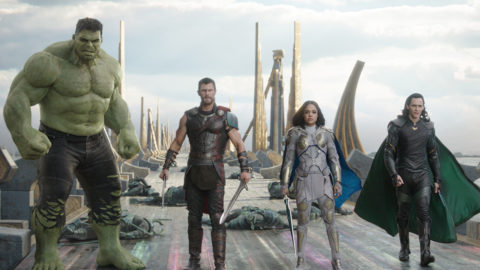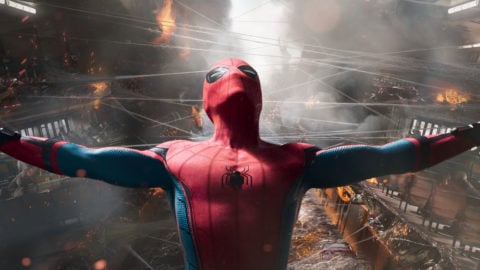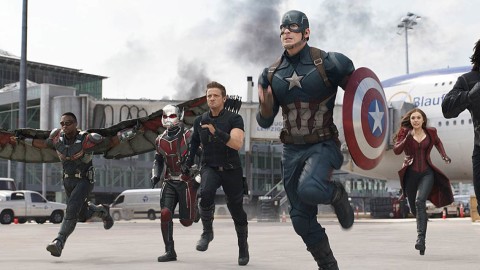Deep Focus: Ant-Man and the Wasp
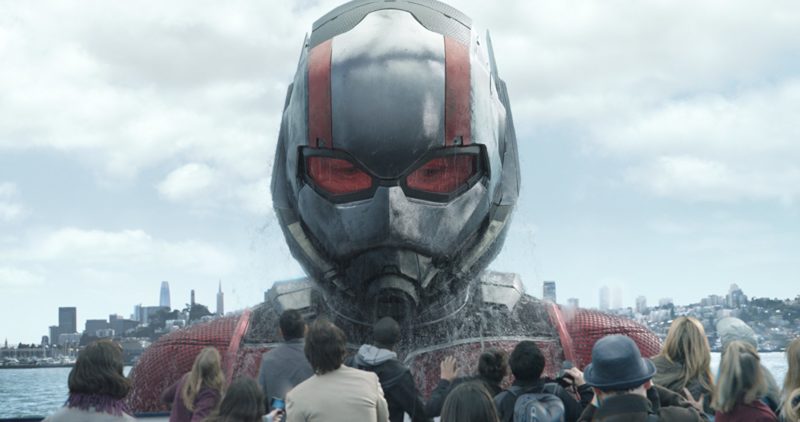
The Ringling Bros. and Barnum & Bailey Circus may be dead, but the Marvel Cinematic Universe lives. For any director, organizing the ins and outs of myriad superheroes and villains while making sure to send in the clowns must be like playing ringmaster for the current Greatest Show on Earth.
The MCU sometimes employs visionaries so bold and tangy they can execute that job and transform entire franchises, like Taika Waititi in Thor: Ragnarok (2017) and Ryan Coogler in Black Panther. In his Ant-Man movies, Peyton Reed does something completely different. Without altering the mainstream concepts of his characters, he makes three-ring extravaganzas play like modest, welcoming tent shows or happy jaunts down wholesome midways.
Reed builds these films around his hero’s jolting shifts in perspectives as he turns himself into the tiniest man on Earth or the tallest. The director scores with Lilliputian and Brobdingnagian gags and stunts because he keeps the comedy clicking on a normal human scale.
Take Ant-Man and the Wasp. Reed reintroduces us to Scott Lang / Ant-Man (Paul Rudd) while he helps his adorable little girl Cassie (Abby Ryder Fortson) navigate an Ant-Man maze built inside his San Francisco house. Scott has molded a 5-foot papier-mâché ant so Cassie can experience what life is like for Dad in his miniature state. He’s rigged the creature to give her directions, so she can feel as if she’s communicating with the ant world just like he does. When Scott and Cassie speed down a makeshift cardboard slide on outdoor stairs, sending Scott’s foot crashing through a fence, we see that he wears an ankle monitor. He’s under house arrest for flouting the “Sokovia Accords” when he took a super-tech Ant-Man suit out of the country to join the rebellious Avengers in Captain America: Civil War (2016).
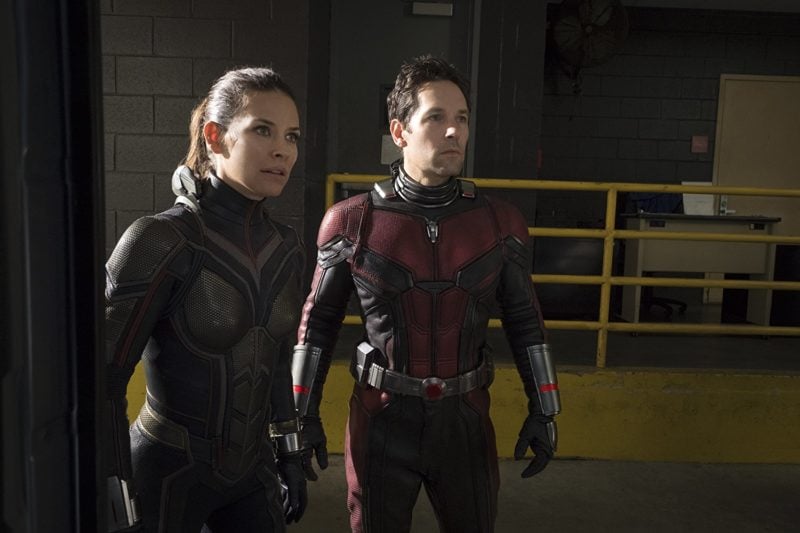
It’s a charming way to set the scene and also to announce that any new Ant-Man film, while still a circus, will always be a family circus. (The film carries a soft PG-13 rating, for “some sci-fi action violence.”) Ant-Man and the Wasp comes with tons of exposition, but at least that’s family-oriented, too. In a blunt prologue, Hank Pym (Michael Douglas), the grizzled genius behind the size-altering Pym Particle, tells his brainy, athletic daughter, Hope Van Dyne (Evangeline Lilly), that he thinks they can rescue wife and mother Janet (Michelle Pfeiffer) from the subatomic Quantum Realm. Janet got lost there decades ago, when she kept shrinking to fulfill a heroic mission. They need Scott’s help to bring her back alive. Only Scott has “gone quantum” and returned to our realm. Janet connects with him, not Hank and Hope, while they perfect their “quantum tunnel” in their super-portable lab (which reduces to the size of a briefcase). But they’re furious at Scott for enlisting with Captain America without warning them, a move that drove them underground.
Reed is savvy enough to pique our curiosity while keeping a dozen plates spinning in the air. He puts a premium on variety as he moves from action and farce to wonder and suspense. Can this reluctant trio outsmart the smarmy black-marketer, Sonny Burch (Walton Goggins), who wants to get his hands on Hank Pym’s lab? Will Scott elude the squeaky-clean FBI agent and “youth pastor,” Jimmy Woo (Randall Park), as he monitors his last three days after two whole years of house arrest? Does Pym’s former scientific partner, the orotund Ben Foster (Laurence Fishburne), plan to hinder or help them? What’s the true identity of “Ghost” (Hannah John-Kamen), a white-metallic wraith who looks like an alien, three-eyed robot fencer, and why does she keep trying to grab Pym’s inventions for herself? Does Scott ever regain Hank’s affection and Hope’s love? And will Janet get home safely?
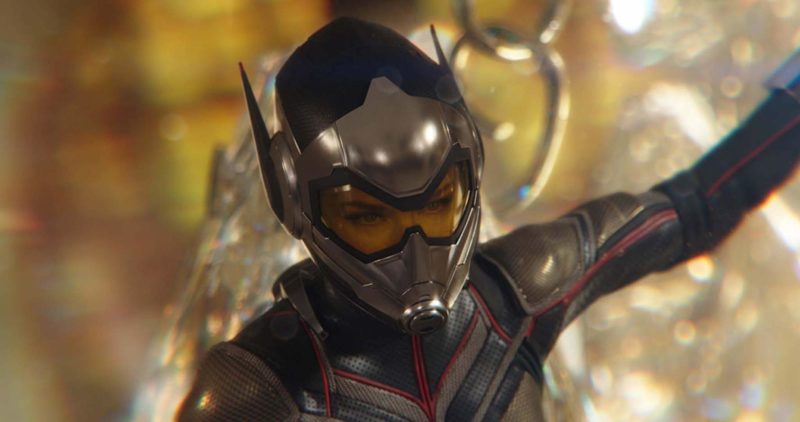
Once again, Rudd is key to the series’ snappy elasticity. He’s no longer as sparkling-fresh as he was in the first film or in Captain America: Civil War, but he sustains the infectious “Ant-Man as Everyman” idea. Rudd cannily exploits Scott’s house arrest as an excuse for adolescent reversion, radiating slacker pleasure as he sings karaoke, pounds on an electric drum kit, or practices tenpins with a kiddie bowling set. He triggers laughs over Scott’s fan-boy pride at calling Captain America “Cap” and his awestruck clumsiness at being “super,” especially when Ant-Man’s height-regulator malfunctions and he looks like Deadpool doing Winnie the Pooh. He’s at his most likable when he asks Team Pym, “Do you guys just put ‘quantum’ in front of everything?” Rudd’s sneaky energy stimulates Lilly, who gets re-animated whenever Hope dons her Wasp costume. It boasts two features Ant-Man’s lacks: wings and blasters. The Wasp displays the film’s most elegant kinds of movement, notably when her wings angle and speed her away from a threatening knifepoint or ballast her as she skids across the blade of another knife.
As an ex-con (a reformed, Robin Hood–like hacker), Scott knows how hard it is for anyone with a record to get work. So he frequently shifts his attention to the “X-Con Security” business he plans to open with that jabbering scene-stealer Luis (Michael Peña), who was his cellmate. Scott, Luis, and their junior partners, Kurt (David Dastmalchian) and Dave (Tip “T.I.” Harris), come off as four stooges. Luis rolls into action with Ant-Man and the Wasp as they strive to protect Hank’s mini-lab and quantum tunnel. That’s when Peña turns Luis into a one-man, sidesplitting geek chorus. He out-fanboys even Scott. He tells the Wasp, “Wish I had a suit—even with like minimal powers—or maybe even just a suit—with no powers.”
What’s important to Reed’s strategy is not mise en scène but the tonal mix that goes into each scene. A car chase through the streets of San Francisco apes and burlesques the one in Bullitt, as the Wasp reduces her and Luis’s getaway van to the size of an HO-scale toy caboose. In his big-boy mode, Ant-Man uses a flatbed truck as a scooter. In the quietest joke, customers at an internet café don’t notice him galumphing past their window.
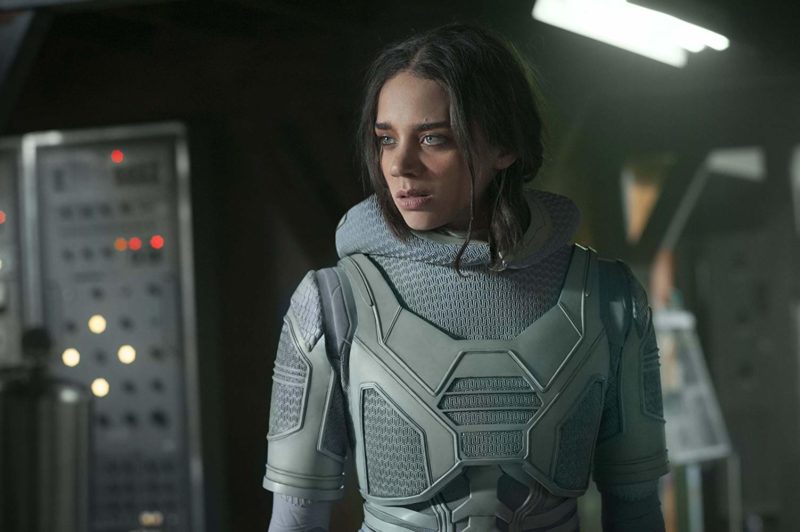
Whenever the movie threatens to be too accessible, Ghost offers welcome intrigue. She’s the bitter victim of a lab explosion that put her in a state of “molecular disequilibrium.” The same condition that enables her to “quantum phase” and walk through matter—even through other people—means she’s always falling apart, at a cellular level, and pulling herself back together. Her mere presence rends the visual surface of the atmosphere, like the charged outlines of people caught in shock waves in old comic books. John-Kamen imbues the role with an unsettling intensity: her eyes give off a dry-ice burn. She represents the dark side of quantum experimentation.
Pfeiffer, in the second flowering of her career, conjures maternal passion in mere seconds before she disappears for most of the movie. Her lack of screen time proves to be a major comic-dramatic mistake. Later, when Janet takes control of Scott’s mind and manner, Rudd can’t detonate the expected laughs. There’s been too little preparation for us to recognize Pfeiffer in Rudd, the way we could see Lily Tomlin in Steve Martin throughout Carl Reiner’s All of Me.
Still, Reed’s film breezes merrily along, fueled by nitrous oxide as well as the Pym particle. At its best, the thumb-sized Wasp escapes the blows of a kitchen mallet, or Luis, under the influence of some truth-or-consequences serum, delivers a sit-down comic’s stream of consciousness. In its moments of inspired silliness, Ant-Man and the Wasp resembles yet another kind of circus: Monty Python’s.
Michael Sragow is a contributing editor to Film Comment and writes its Deep Focus column. He is a member of the National Society of Film Critics and the Los Angeles Film Critics Association, and a contributor to the Criterion Collection.



